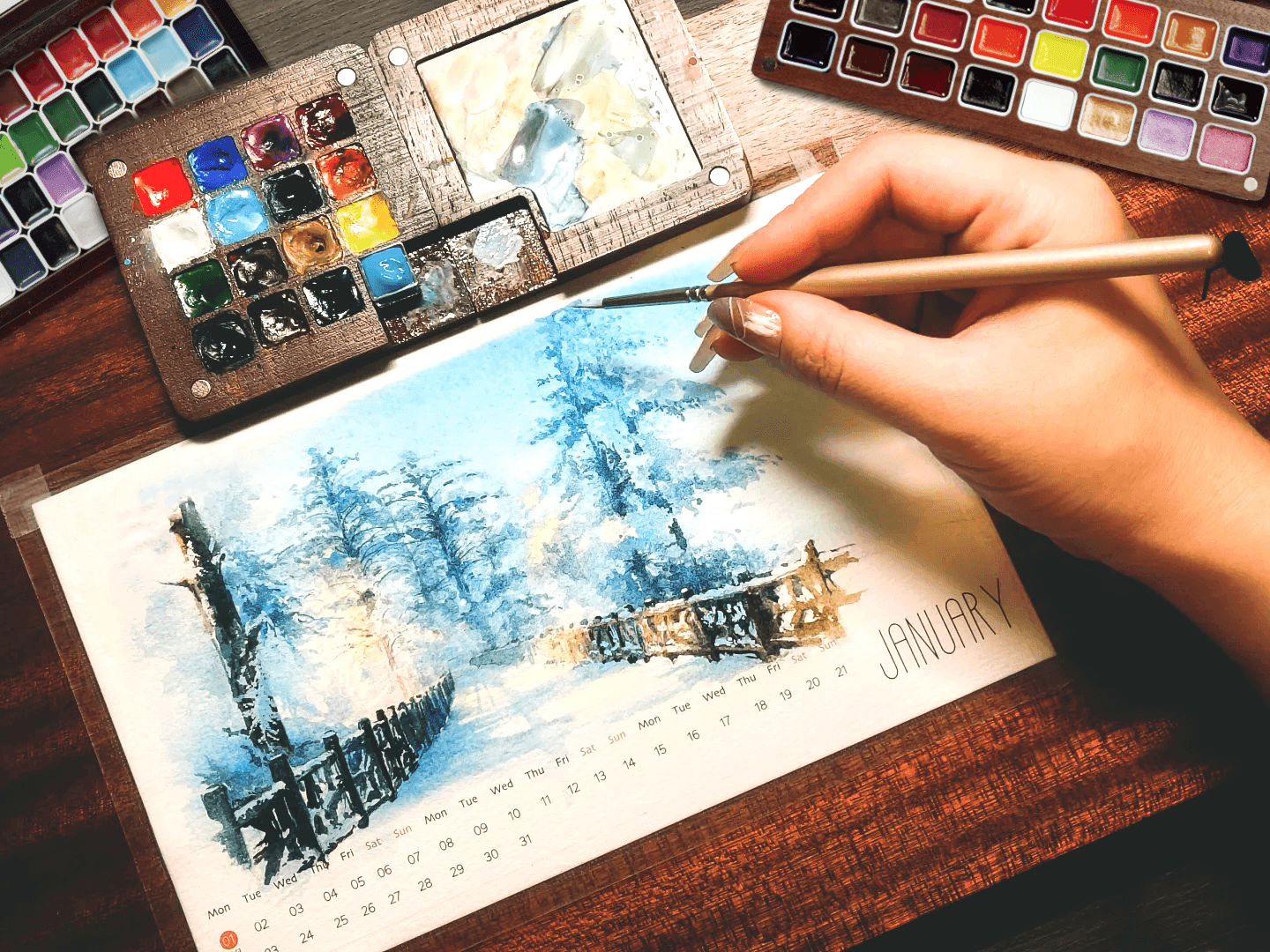
Hangzhou Poezie Stationery Co. Ltd. is dedicated to providing high-quality pigments that can be used in ancient Chinese painting supplies. While the specific ancient Chinese painting supplies are not explicitly listed on the website, the company's traditional Chinese painting pigments are crafted with meticulous techniques, featuring elegant colors and a unique oriental charm, which are in line with the requirements of ancient Chinese painting. With 20+ years of research and development experience, the company has the expertise to potentially offer pigments suitable for ancient Chinese painting styles. For those interested in ancient Chinese painting supplies, especially regarding pigments that can meet the needs of such traditional art forms, please contact us to explore the available options and discuss customization possibilities.


Copyright © 2025 by Hangzhou Poezie Stationery Co., LTD. Privacy policy